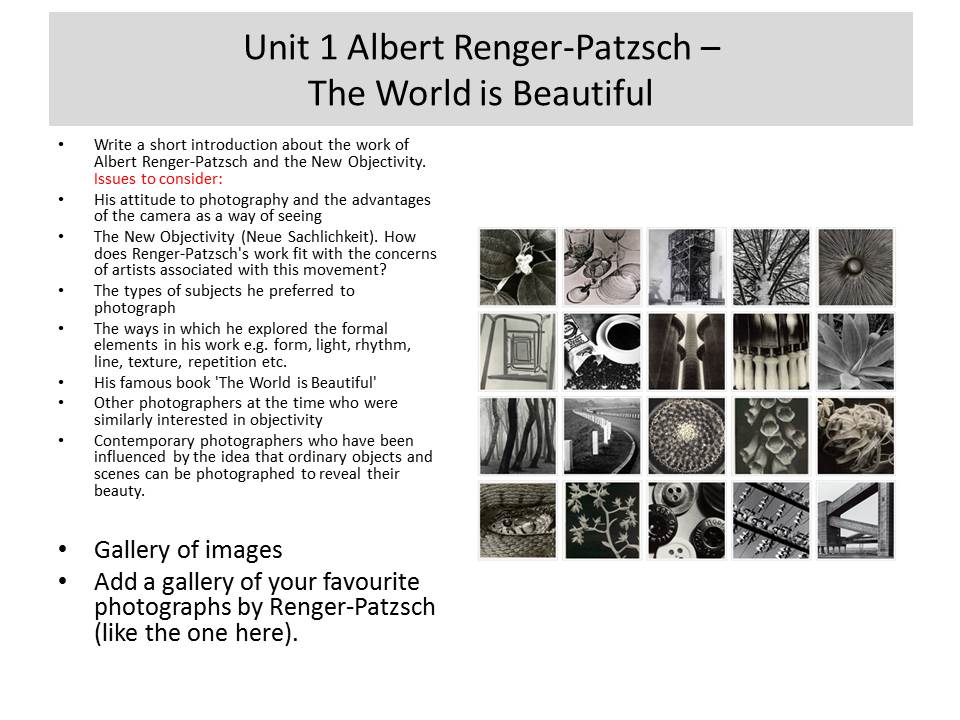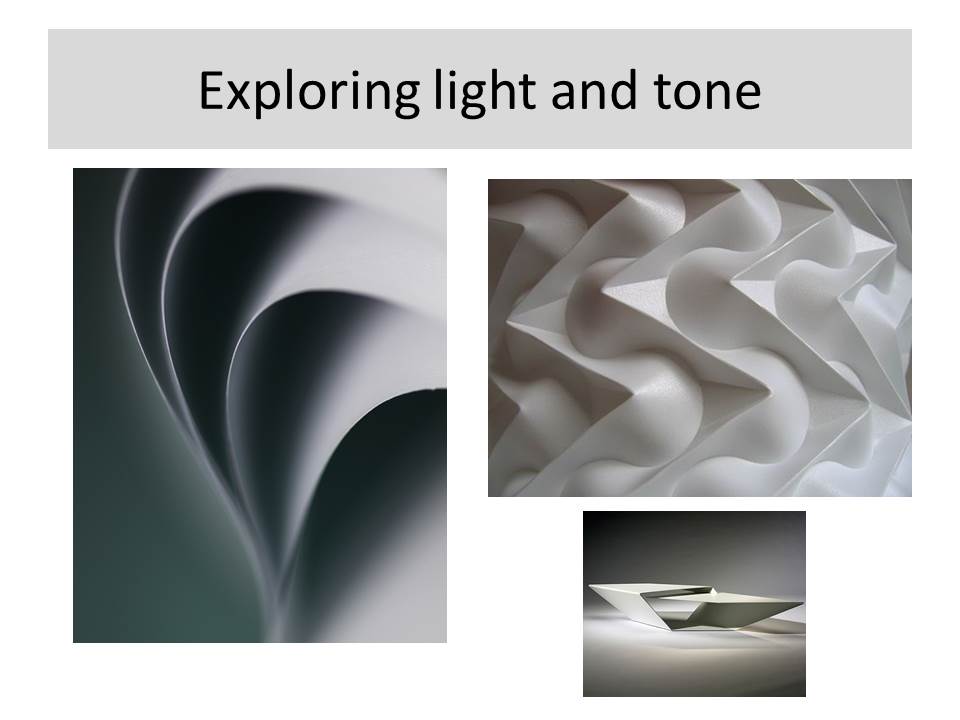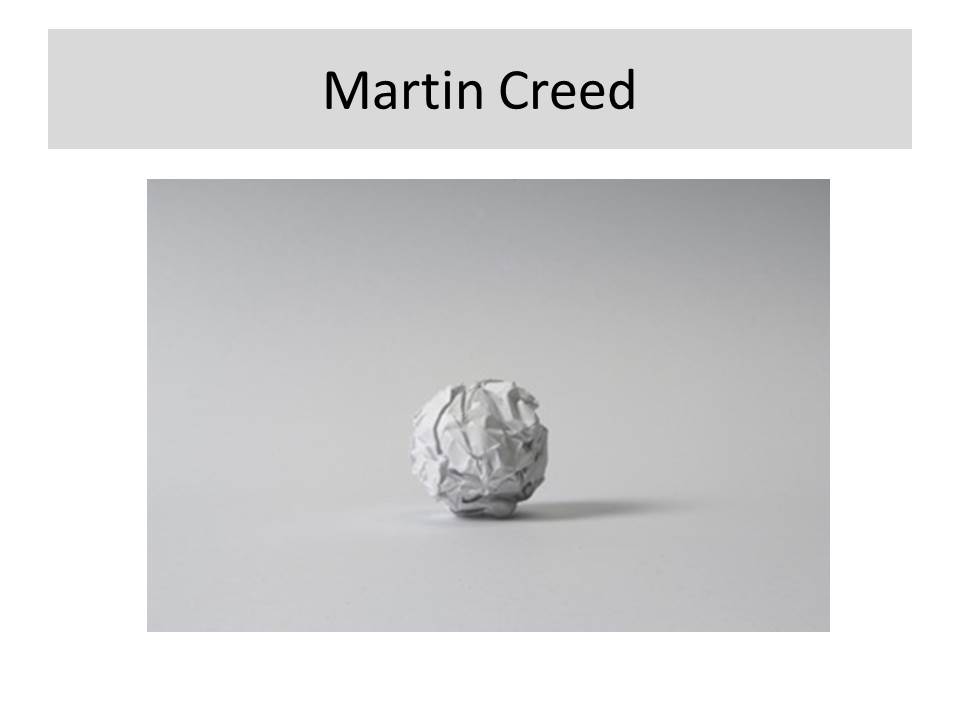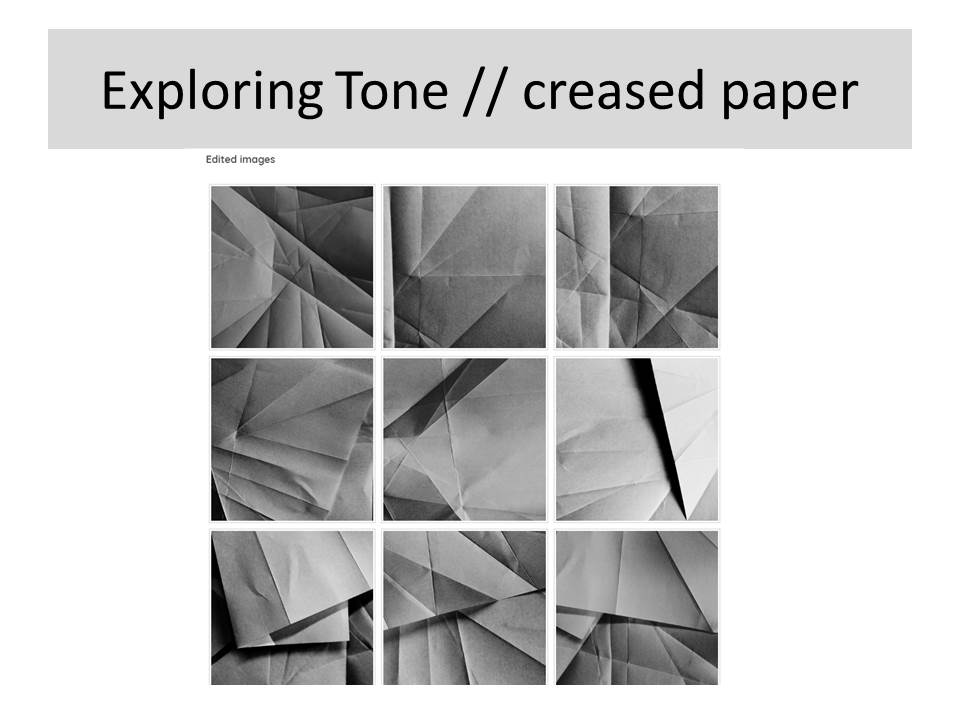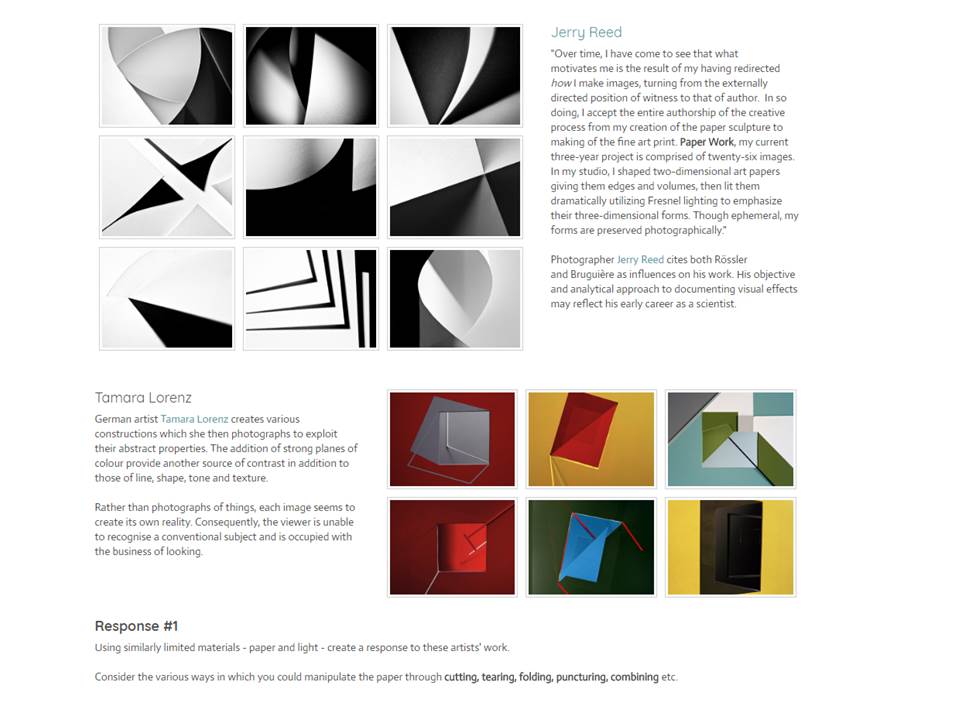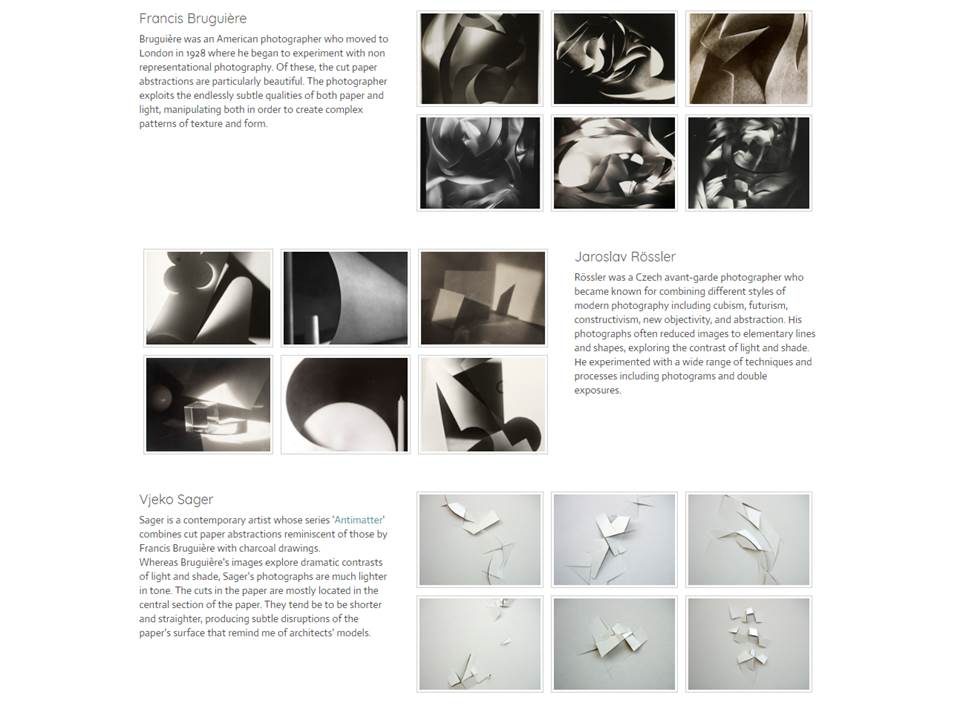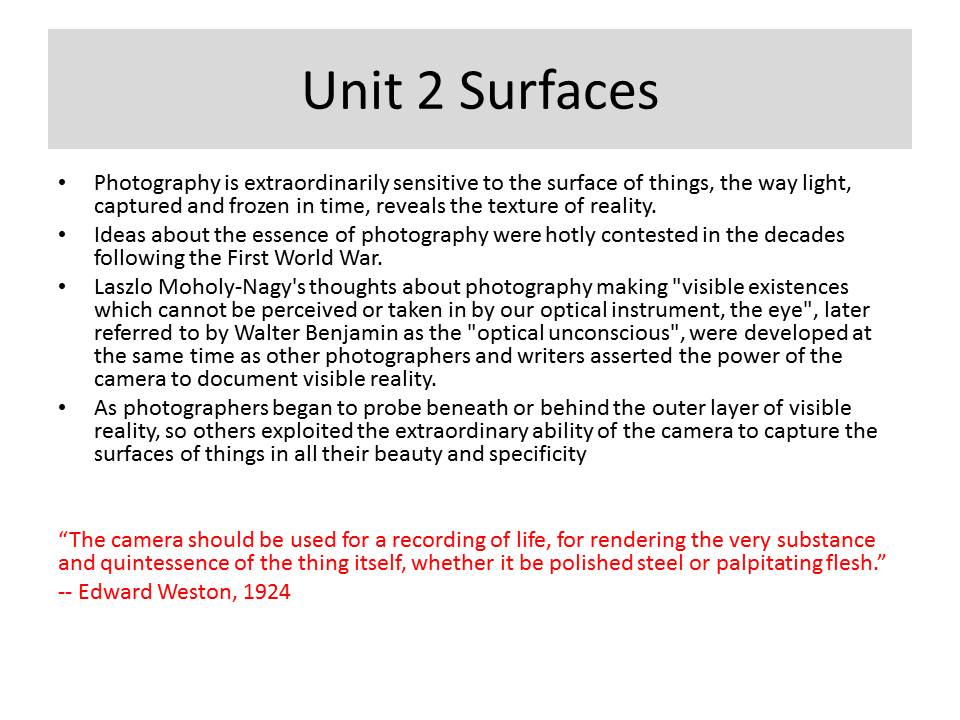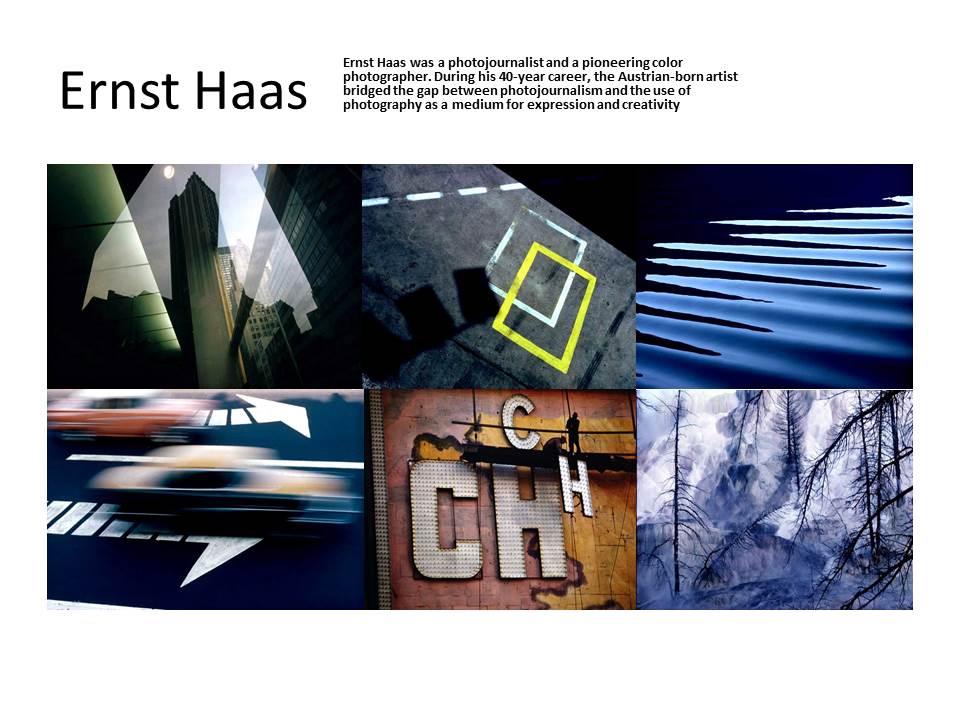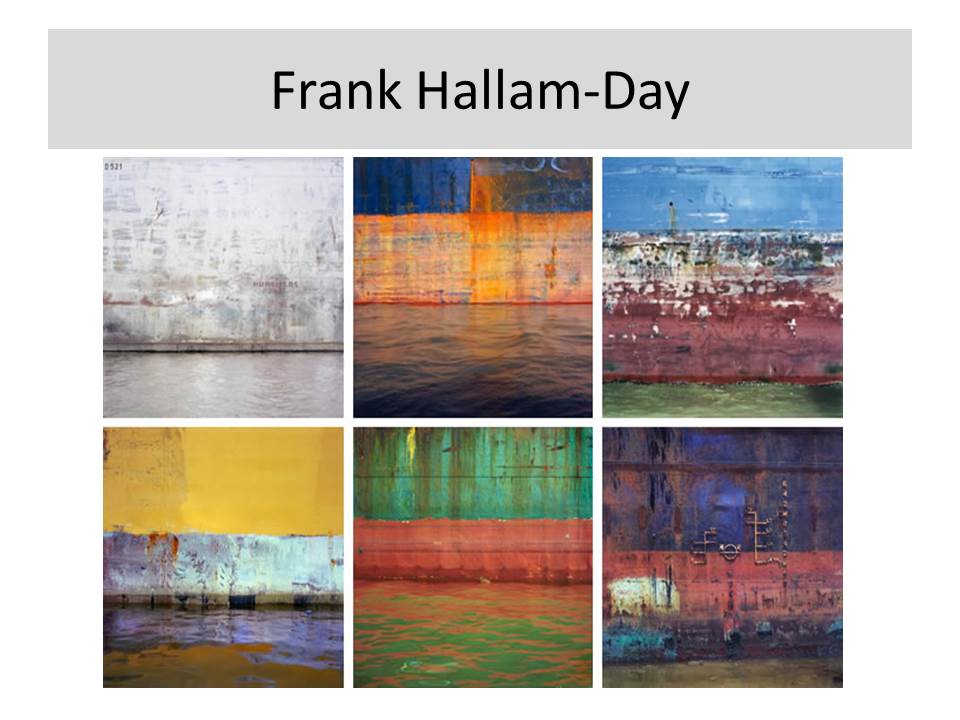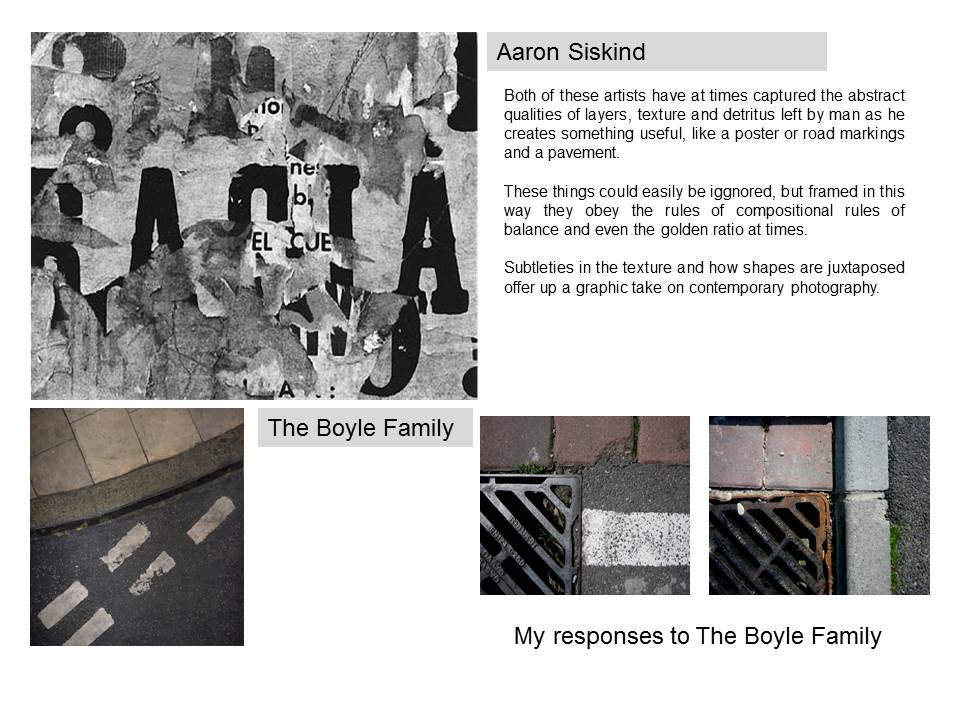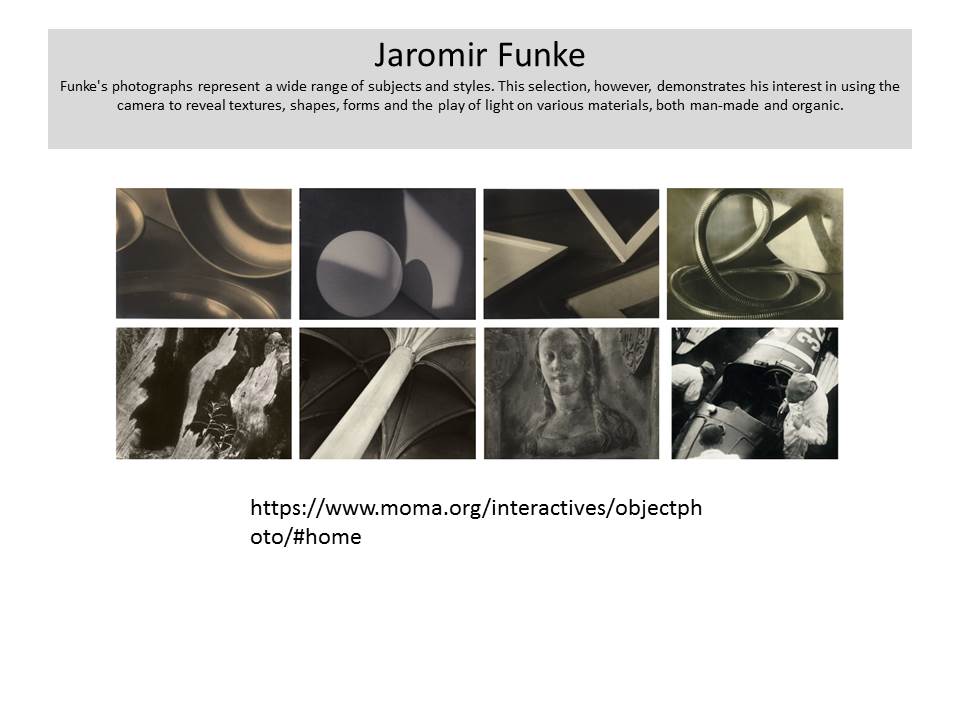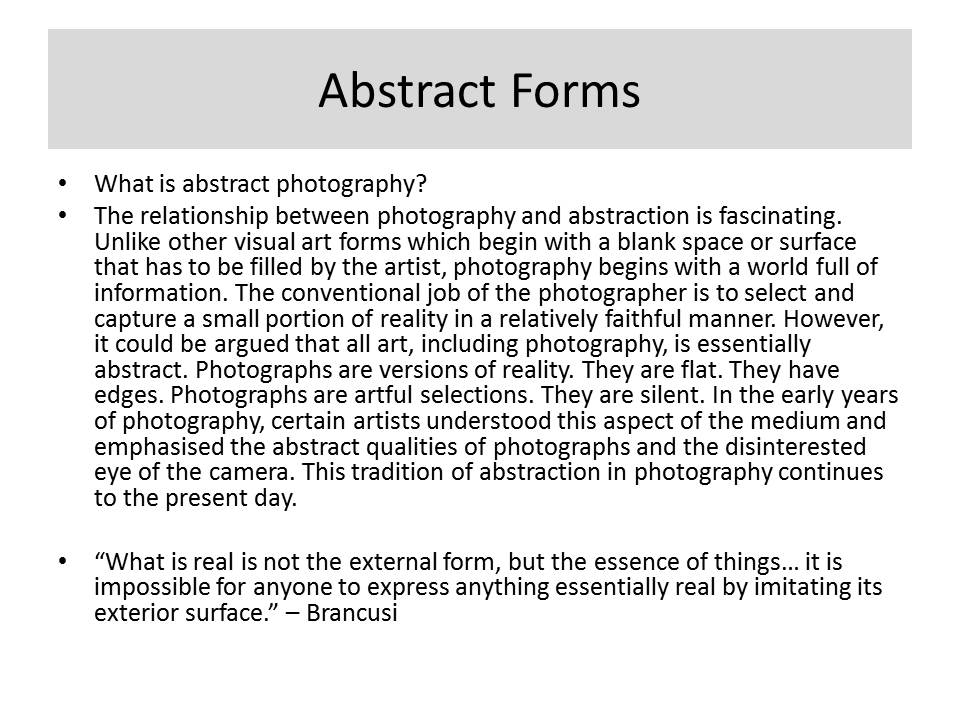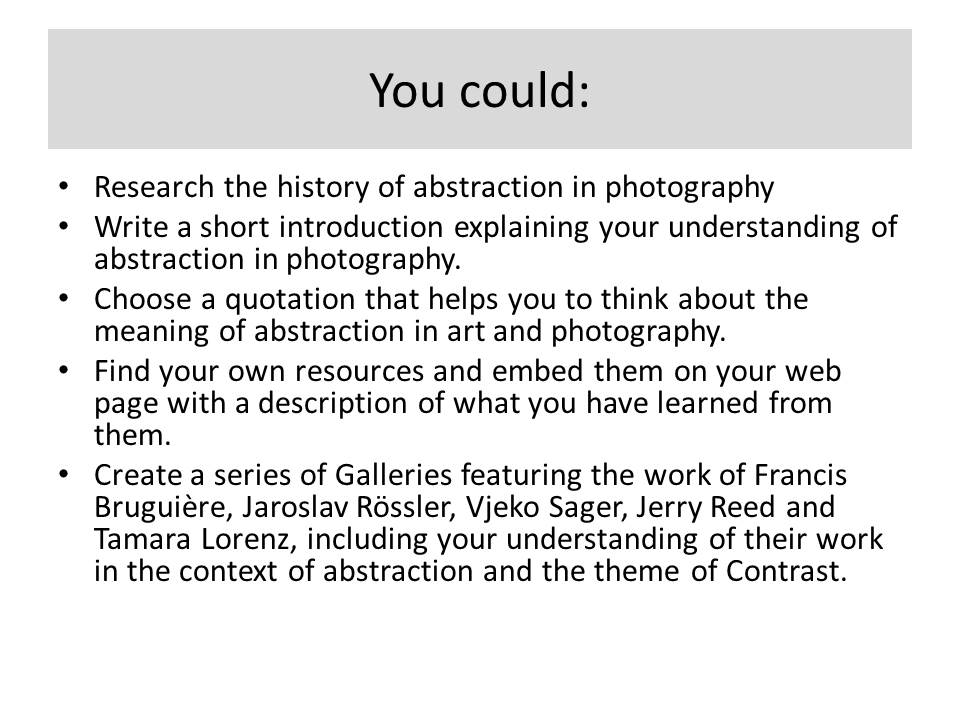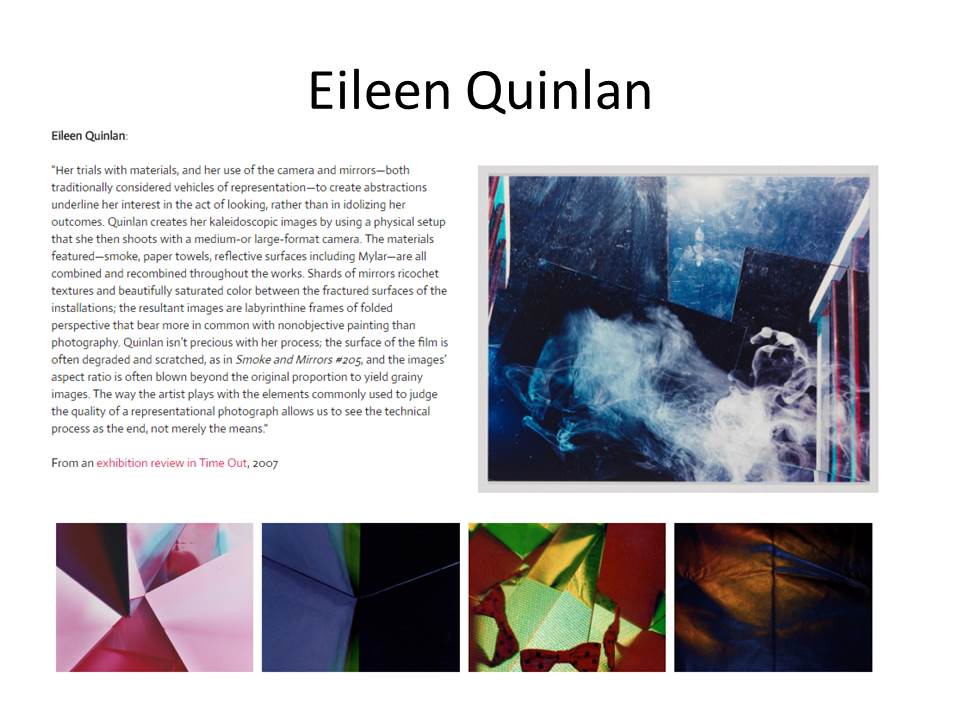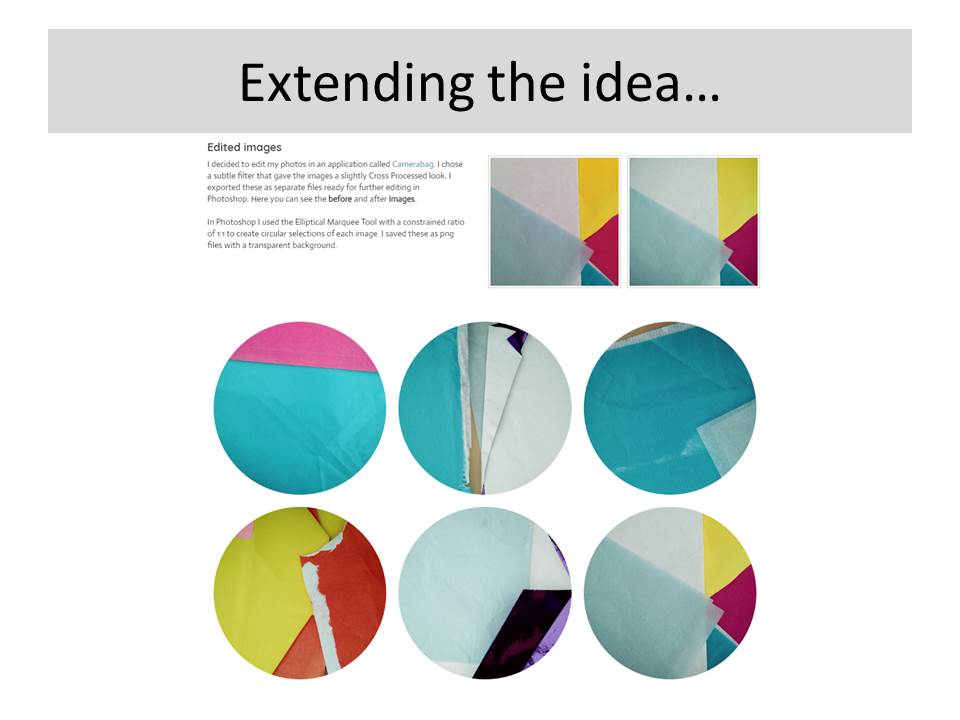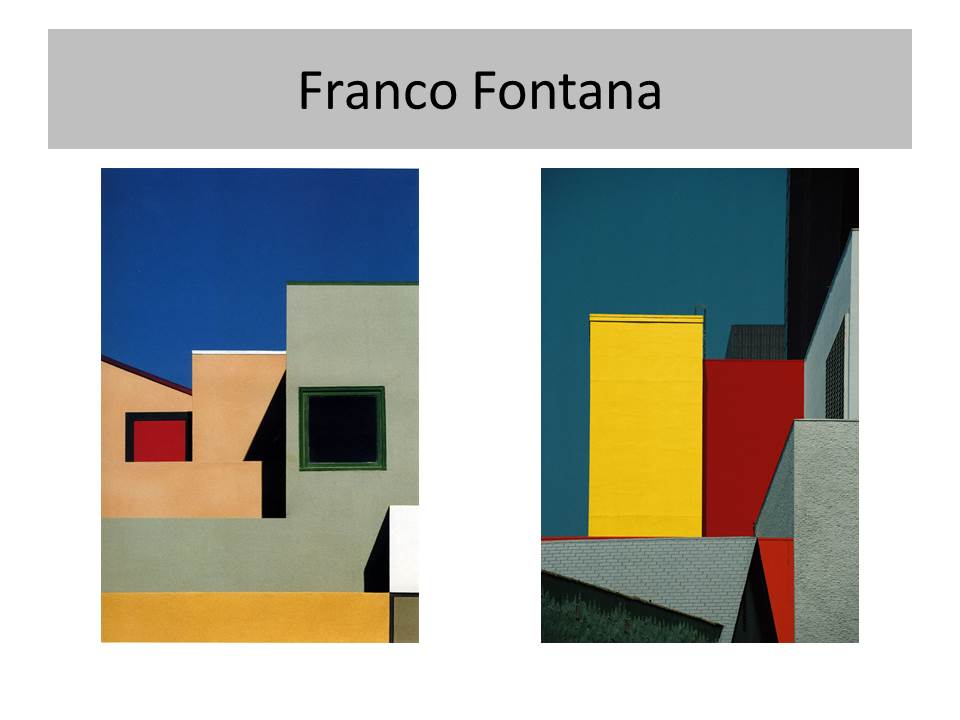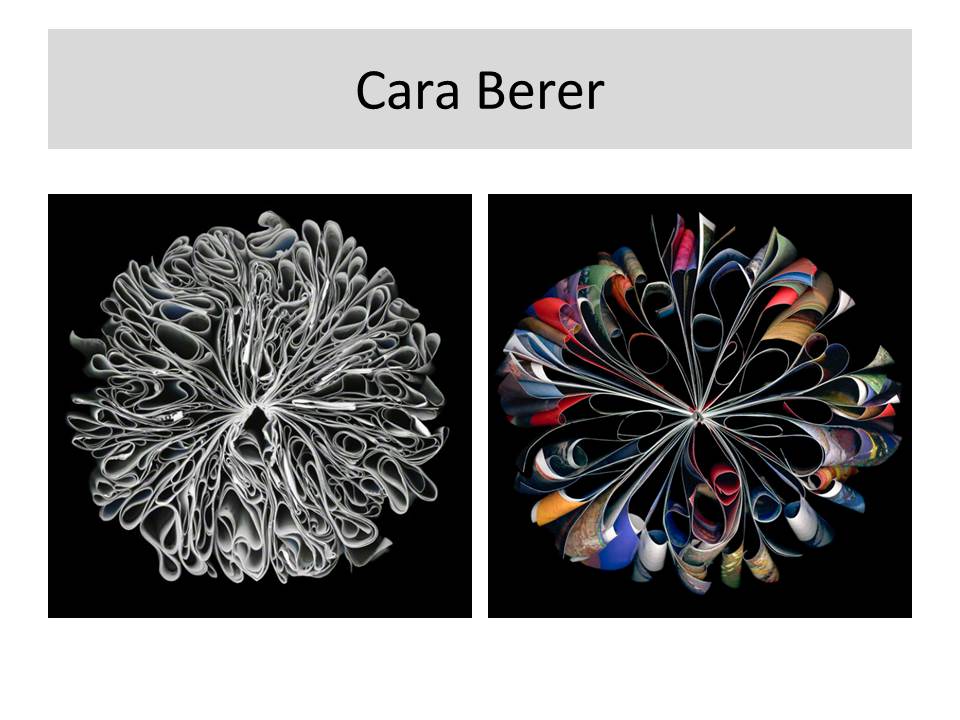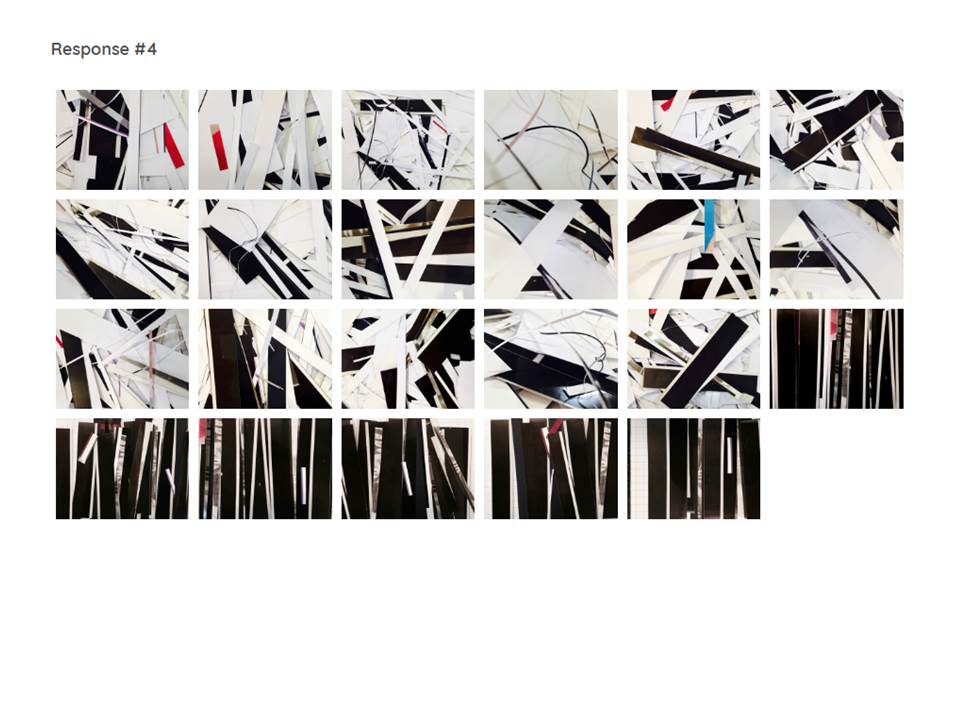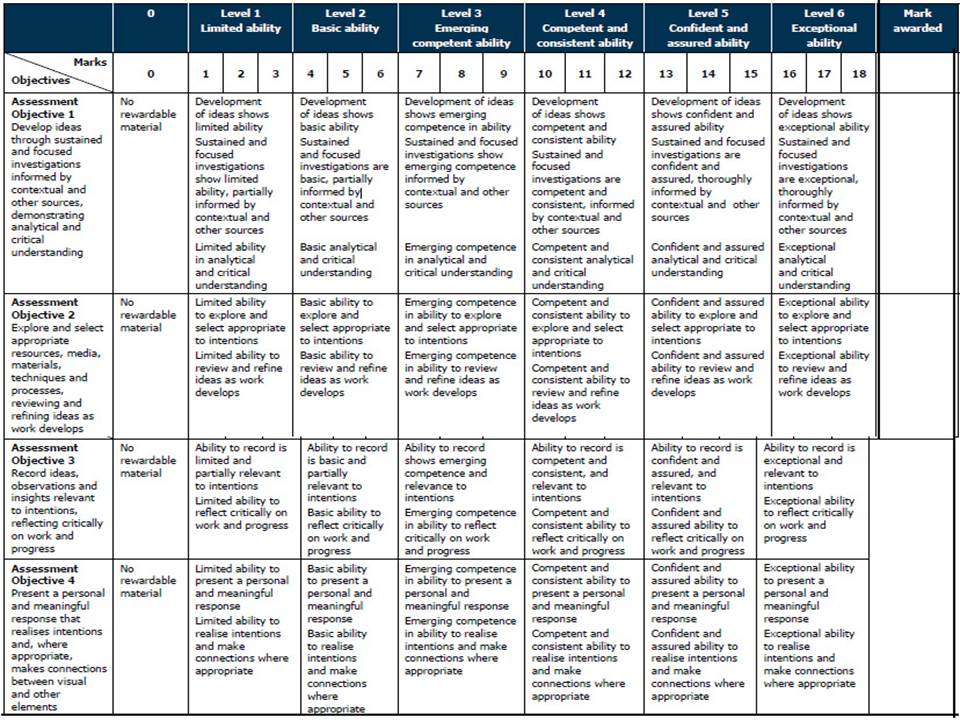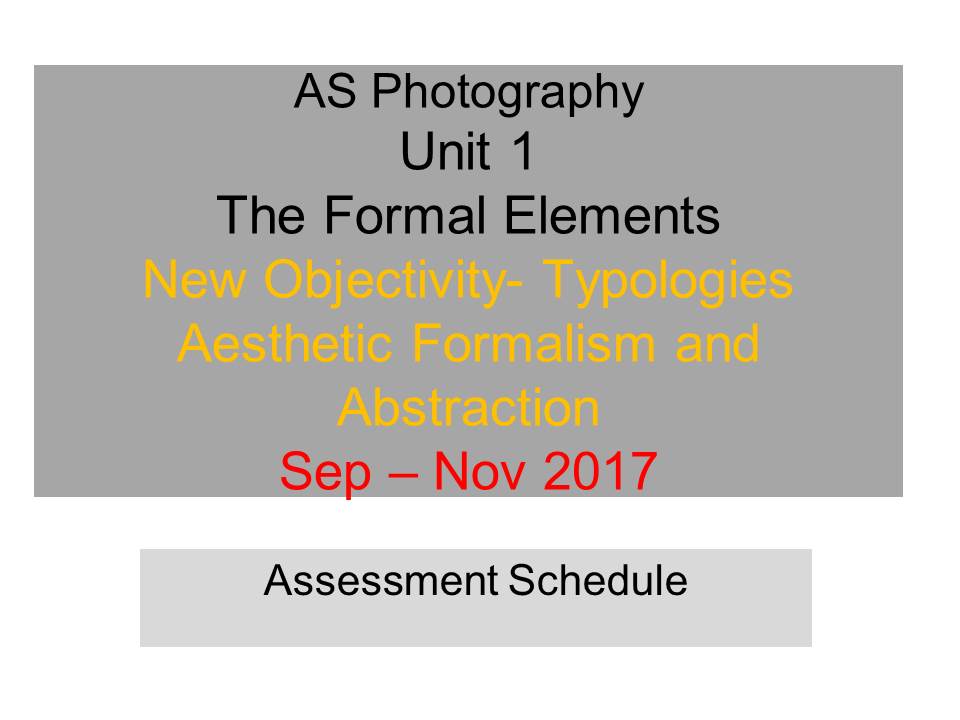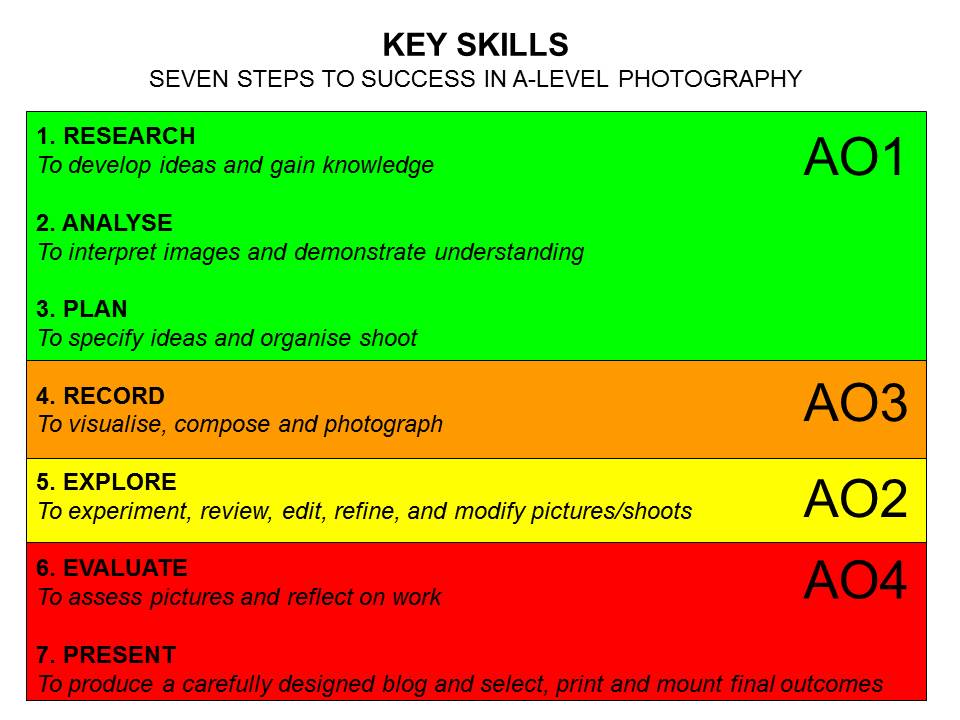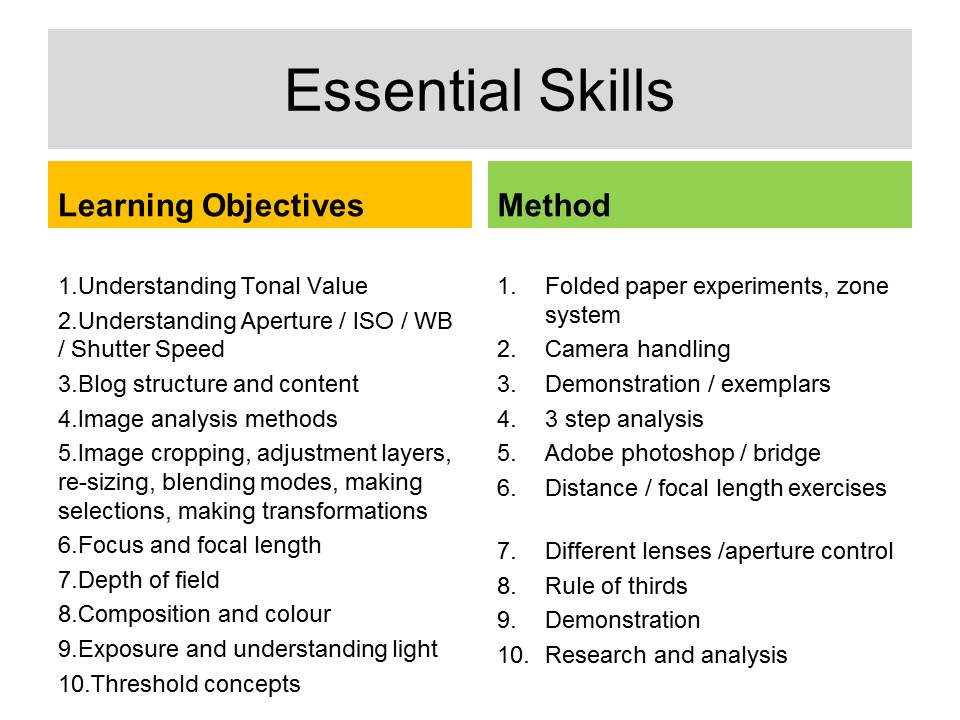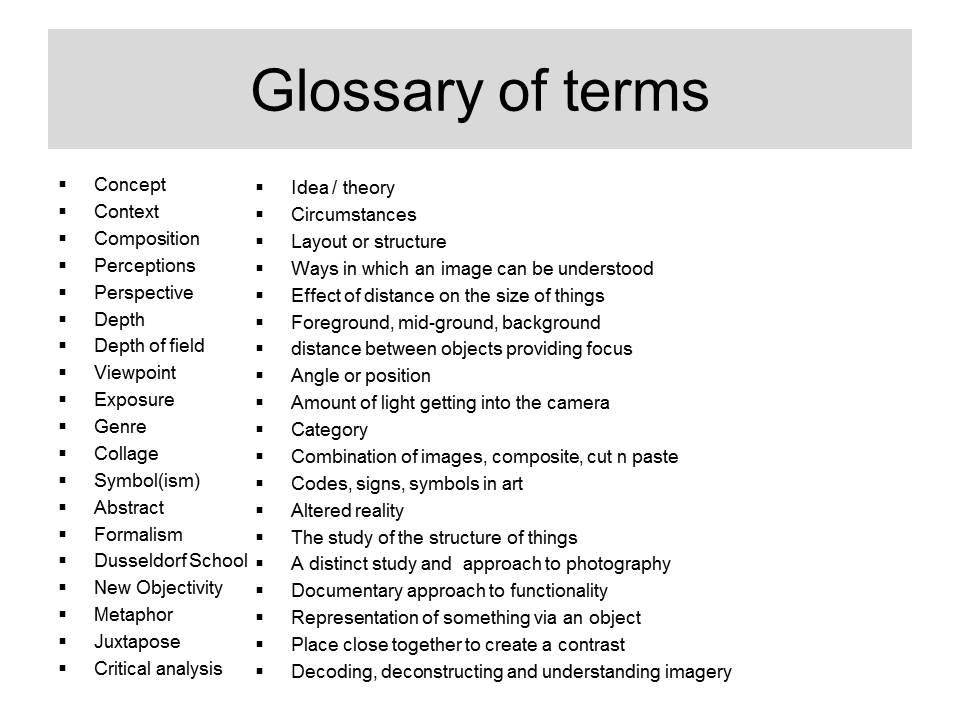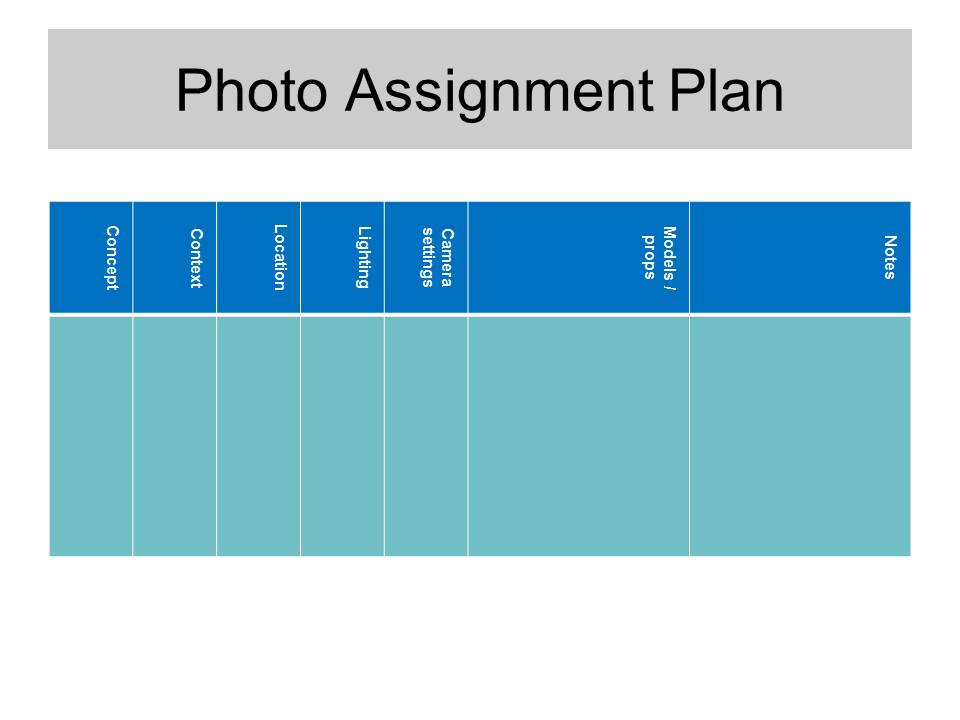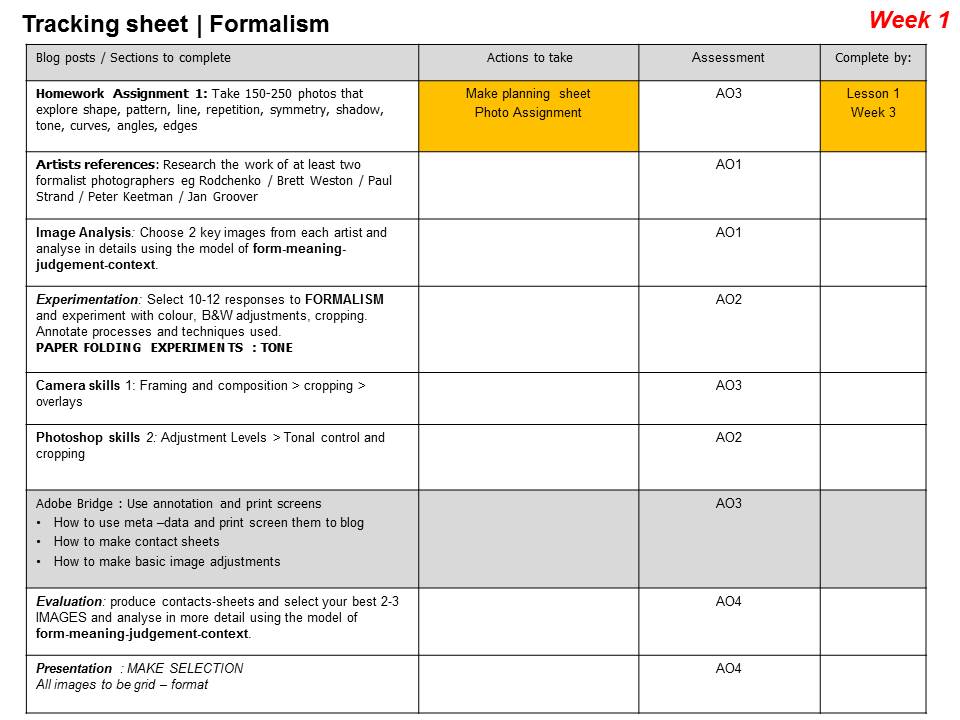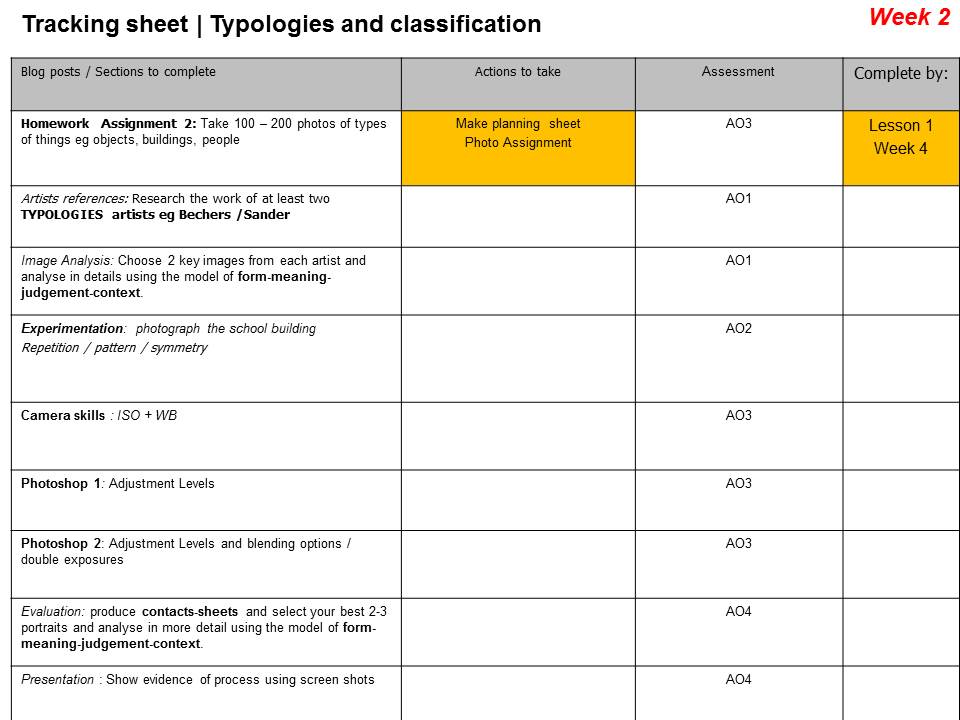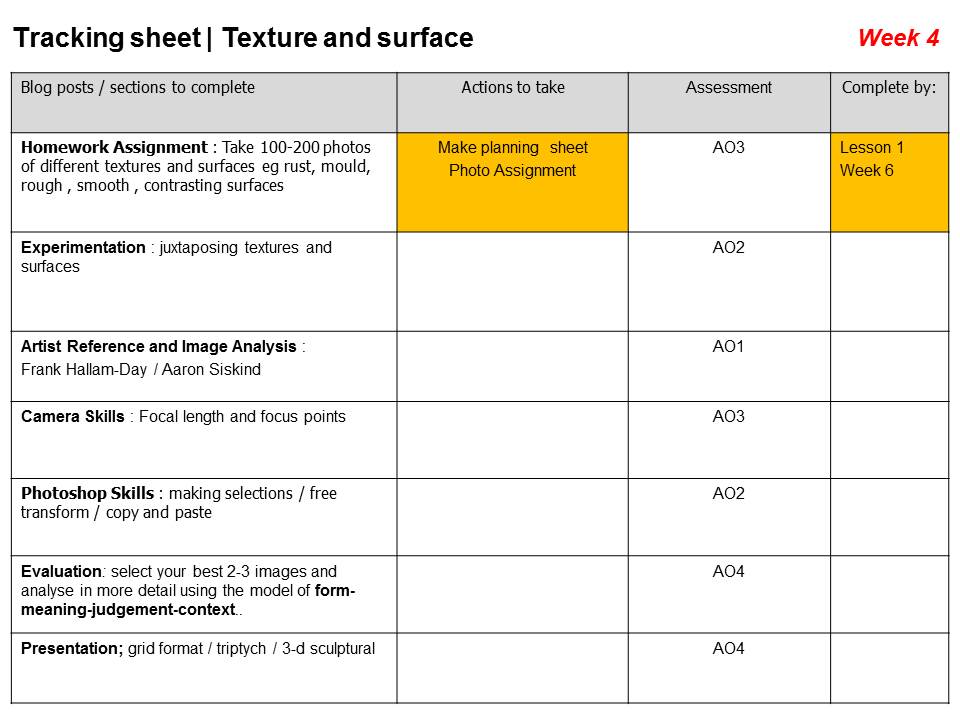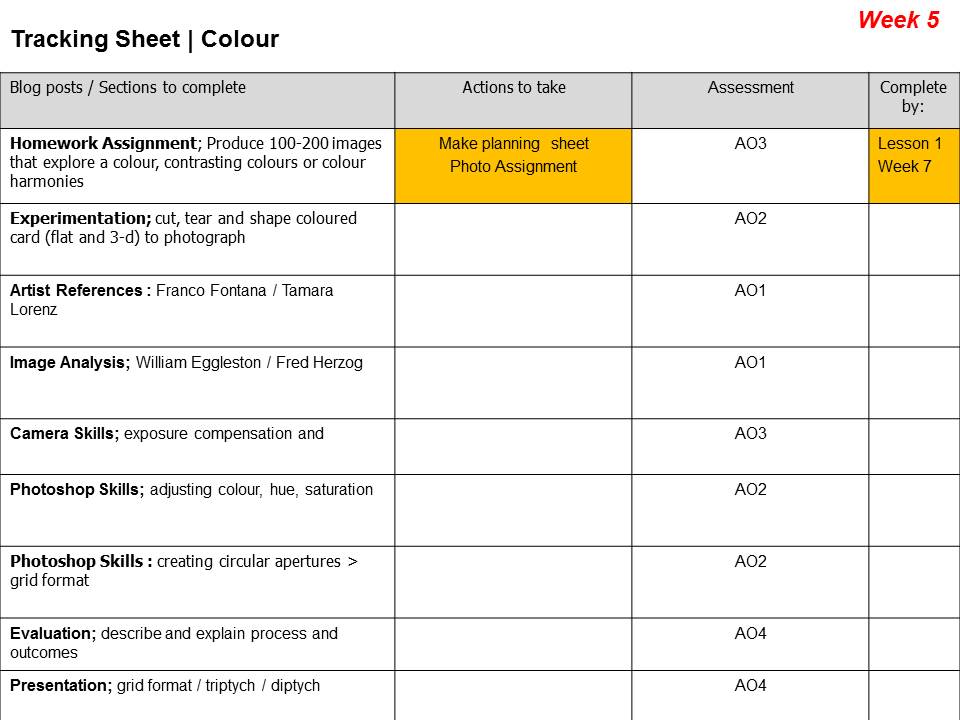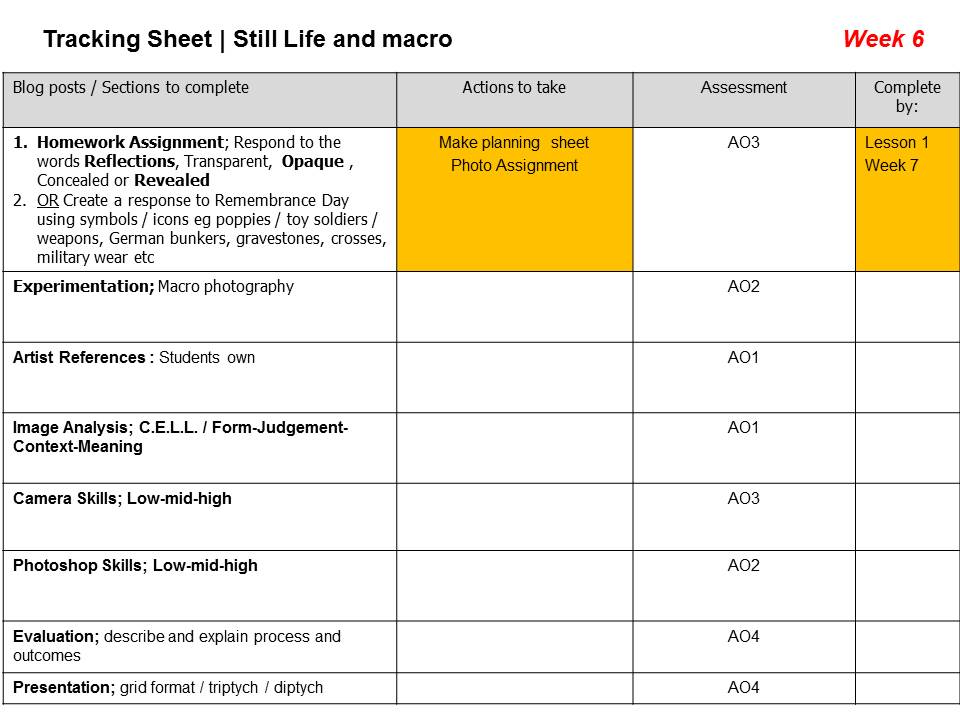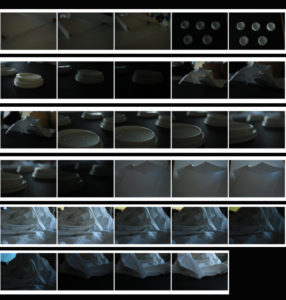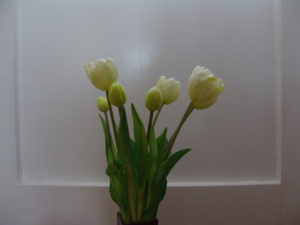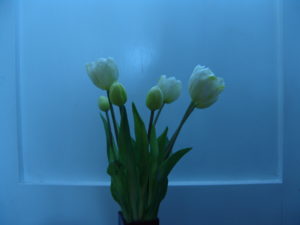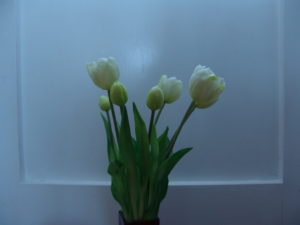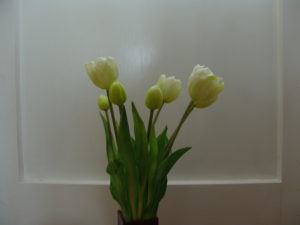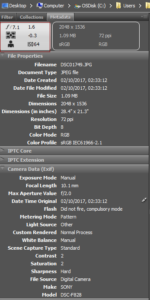Ansel Adams, an American photographer who took landscape photographs in order to capture the beauty of nature. He enjoyed taking pictures of National Parks and mountains. His photography includes a range of tones in which he believed brings his photos to life., creating a more memorizing picture. His use of tone and contrast brings out the detail in all areas of the picture whether it is over or under exposed.

Within Ansel Adams photographs he ensures he that he displays all and reflects all the shades within the zonal system. This is split into 10 different shades varying from sark grey to white.

Following from Adams work i used Photoshop to increase and improve the tone and contrast trying to ensure i displayed all shades from the zone system.
What Is Tone?
Tone is the lightness/brightness of a patch in a photograph, dark tones correspond to shadows, light tones correspond to bright or highlight areas.
What Is Contrast?
Contrast is a tool that photographers use to direct viewers’ attention to their subject. There are two types: Tonal Contrast and Color Contrast. Contrast more or less refers to the difference in tones from the lightest tone to the darkest tone.








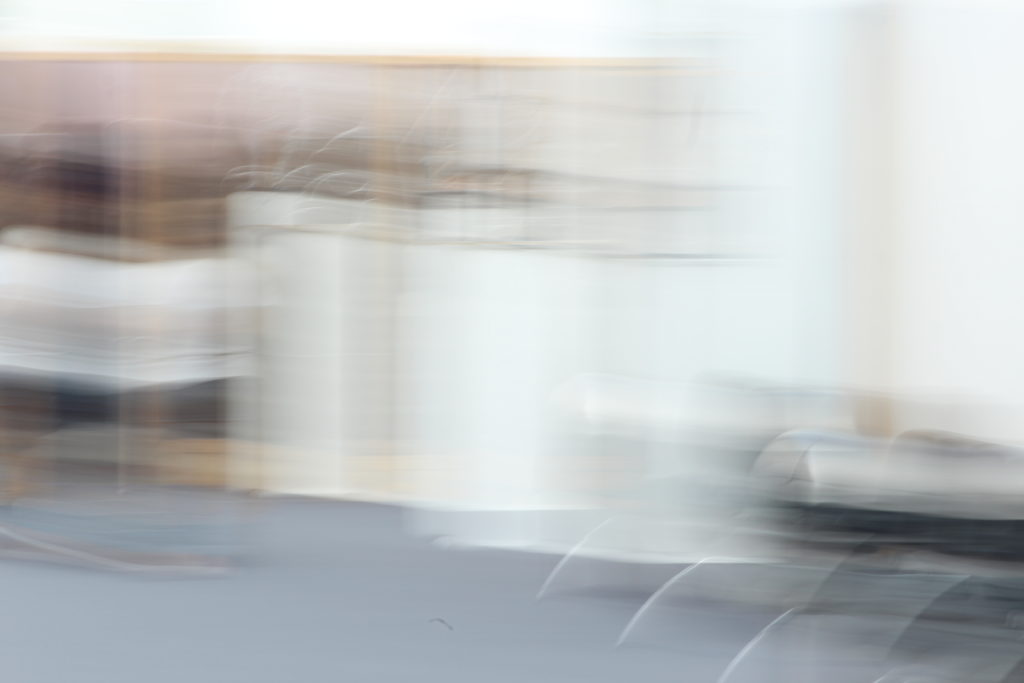
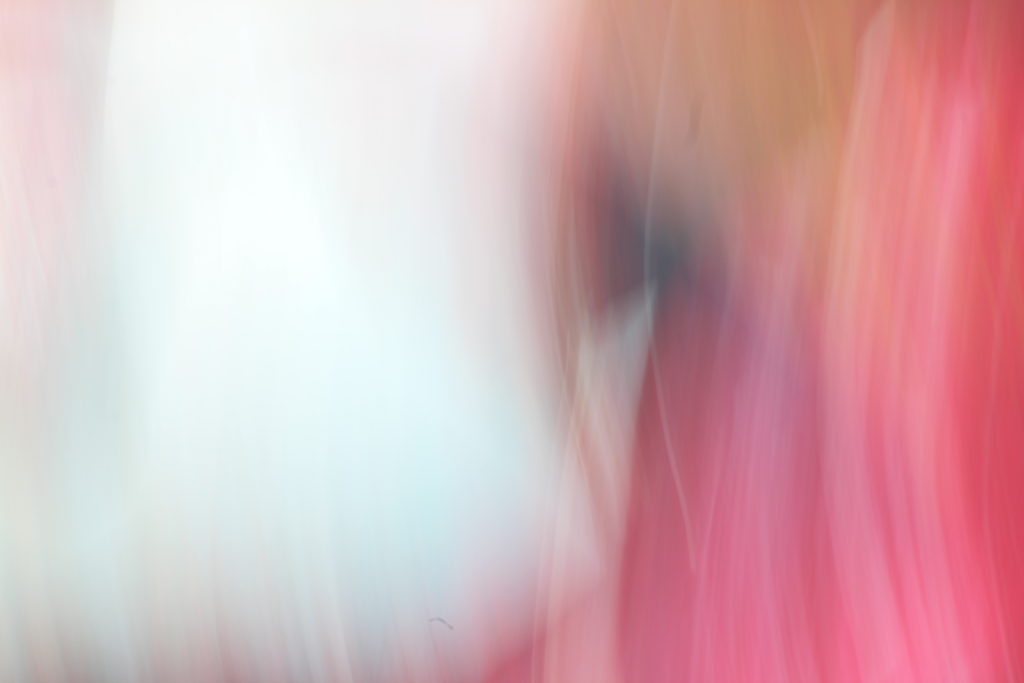

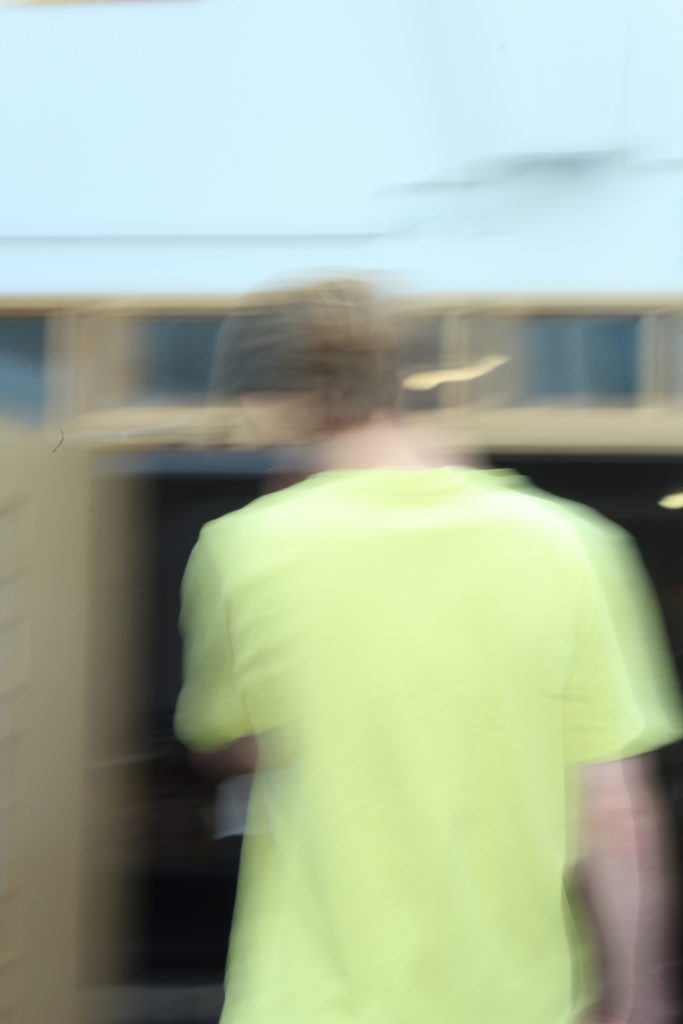
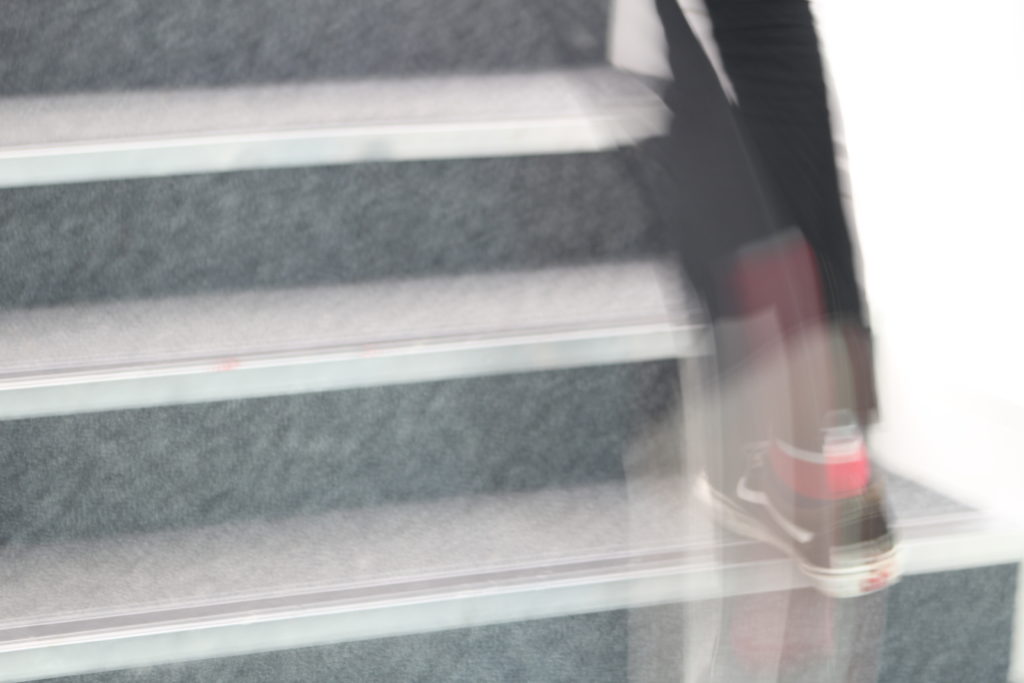
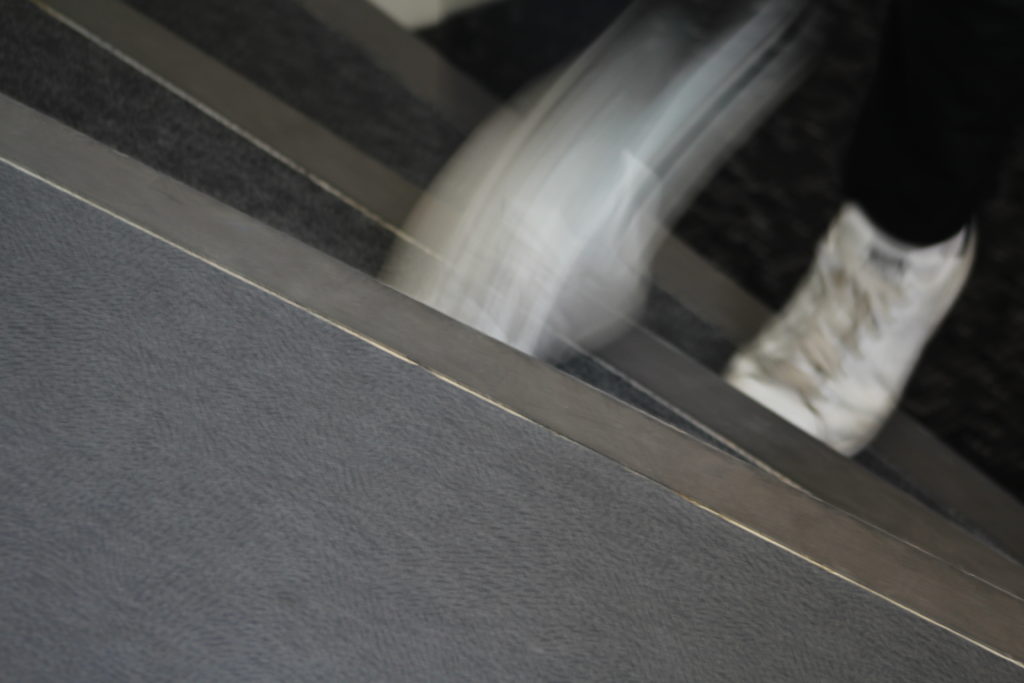
 Within Photographs, exposure determines how light or dark an image will appear when it had been captured by the camera and viewed. This can be determined through aperture, ISO and shutter speed, which can be located on your camera and seen in the exposure triangle below. However you need a combination of all three to make the perfect exposure. If too little light is let into the picture, it will become too dark and underexposed, and the same with letting too much light into it as the image will become too bright and overexposed.
Within Photographs, exposure determines how light or dark an image will appear when it had been captured by the camera and viewed. This can be determined through aperture, ISO and shutter speed, which can be located on your camera and seen in the exposure triangle below. However you need a combination of all three to make the perfect exposure. If too little light is let into the picture, it will become too dark and underexposed, and the same with letting too much light into it as the image will become too bright and overexposed.


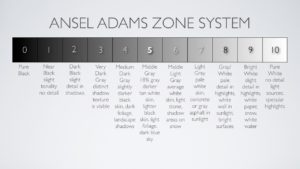

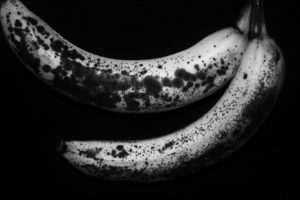

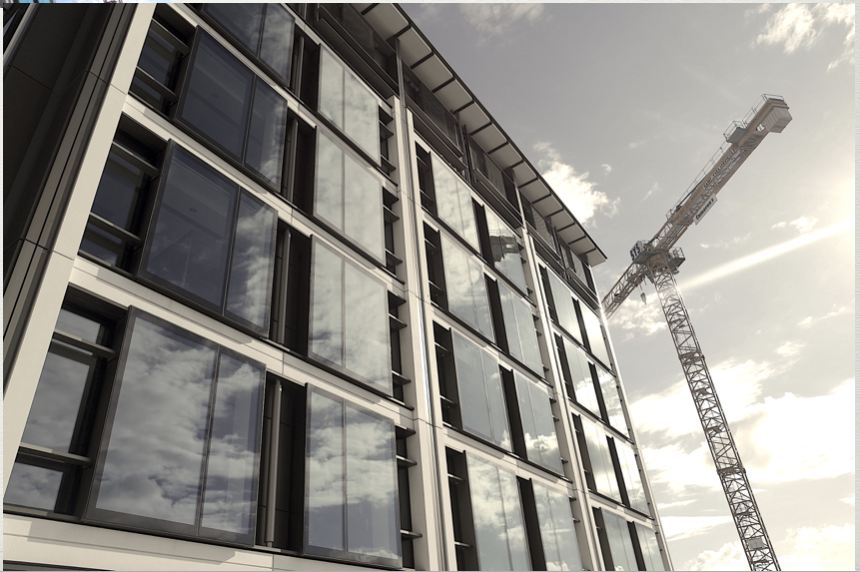
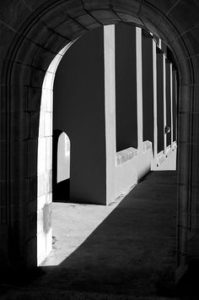
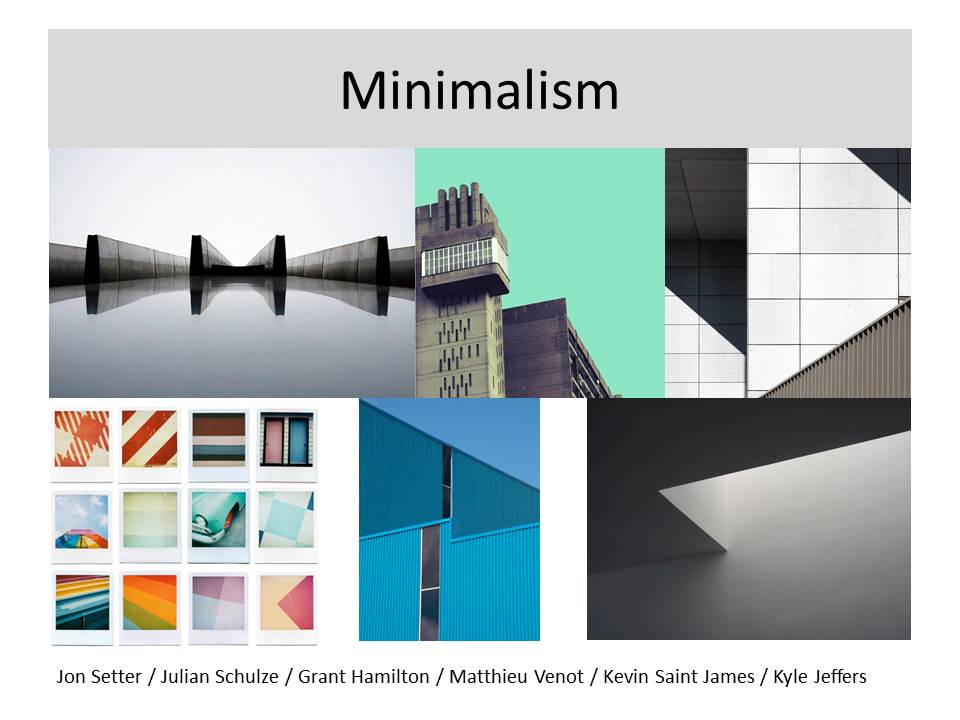 Remember…each task requires a new blog post! Keep your blog posts visual!
Remember…each task requires a new blog post! Keep your blog posts visual!